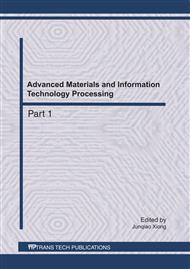p.258
p.264
p.270
p.275
p.281
p.285
p.291
p.297
p.303
Ontology-Based Knowledge Representation Model for E-Government
Abstract:
The article systematically analyzes the method of knowledge representation, introduce the basic concepts of the ontology, the ontology-based knowledge representation method of E-government. The focus is examining the E-government Ontology Modeling Language, OWL language, and then propose the principle of build E-government Ontology. It is including the ontology construction method, build tools and build.
Info:
Periodical:
Pages:
281-284
Citation:
Online since:
July 2011
Authors:
Keywords:
Price:
Сopyright:
© 2011 Trans Tech Publications Ltd. All Rights Reserved
Share:
Citation:


